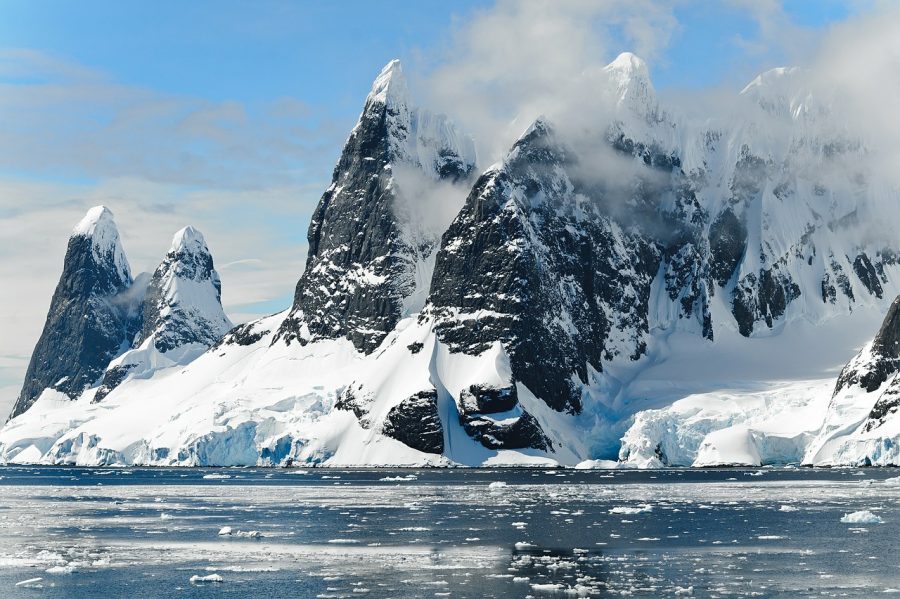Below the Ice
Antarctica, one of the seven continents on Earth, is located on the south pole. According to Live Science, Antarctica is the fifth largest, coldest, windiest, and driest on our planet. However, its land size changes throughout the year as the ice melts and expands, a result of the changing climate. Although one may think that an ice sheet is just blanketing the south pole, the Antarctic ice is not flat. Live Science states that Antarctica has a mountain range known as the Transantarctic Mountains, along with several glaciers, crevasse fields, and icebergs. Up until recently, Antarctica is known to be approximately 99.5 percent covered with ice. However, recent discoveries have proved to contradict this piece of information as satellite data detected long lost continents underneath the antarctic ice.
Antarctica was not always the way it is today. According to Aurora Expeditions, continental drifts one billion years ago formed into a giant landmass known as Pangaea. The Pangaea eventually drifted apart around 180 million years ago. Within time, the Atlantic Ocean was formed and then the Indian Ocean. Before long, Antarctica was finally isolated and began to develop into an icy land. Although the exact story is uncertain, scientists from Aurora Expeditions have a few theories. They believe that Earth’s reducing carbon dioxide levels, its change in orbit, and the Antarctic Circumpolar Current caused immense cooling. Due to the extreme change in temperature, glaciers carved deep valleys into the landscape. As the Earth grew colder the ice sheets on the surface froze and covered the land underneath it. For thirty-four million years, the land lay frozen beneath the ice.
The recent discovery of the land buried beneath Antarctica has allowed scientists to gain some understanding on the least known continent on Earth. Researchers from Kiel University in Germany found pieces of a collection of lost continents buried about a mile beneath the icy surface. These researchers based their claims on the data from the European Space Agency’s GOCE satellite, which ran out of fuel and crashed to Earth in 2013. The GOCE satellite was helpful because it measured the pull of Earth’s gravity as it orbited around the planet. From the data collected, scientists were able to figure out the planet’s structure and composition beyond the surface. The most eye catching data was of Antarctica, as scientists were surprised from the images captured by the satellite. Geological structures, known as cratons, were found. Cratons are large, stable blocks of Earth’s crust which form the nucleus of a continent. Folded up regions of plates which caused the creation of mountains known as orogens, were discovered as well. Scientists then compared Antarctica’s continental plates to those of other continents so they could understand Antarctica’s similarities and differences. Some of their findings significantly compared to other countries. For instance, old cratons and younger orogens make up East Antarctica, which are similar structures found in India and Australia’s land makeup. Looking at West Antarctica, scientists found that its thin, jagged, homogenous crust compares to the southern tip of South America. These findings reveal how Antarctica is more similar in structure to other continents than we could have ever imagined.
Antarctica is a vast continent, but still, many questions are unanswered about this obscure place. Although research is still being conducted today, the possibilities of what this continent may hold are endless. The formation of the Antarctic continent may motivate scientists to lead more research and figure out how tectonic plates move and affect the basees of continents. Gaining a deeper understanding on tectonic plates will allow for more accuracy and predictability of earthquakes and fault lines. Scientists can also learn more about countries and continents which share similarities to Antarctica. This data can tell scientists how the continent will react in the future because, as the effects of global warming have become clear, Antarctica is melting quickly. As a result, knowing the underlying structure of the continent will give scientists a greater chance at saving Antarctica.






